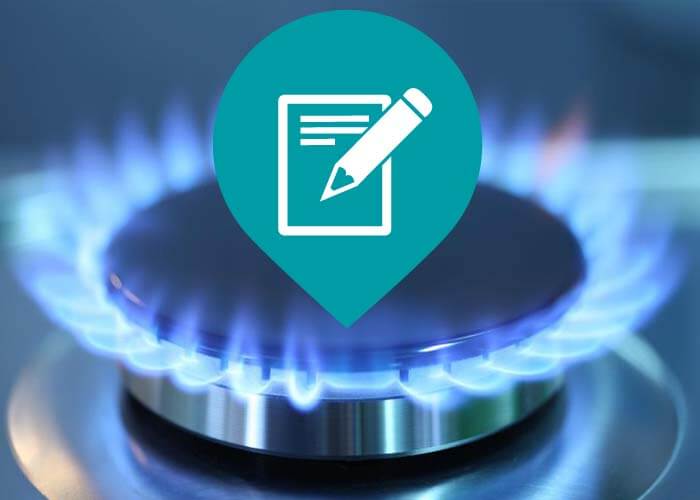
Exactly how Does the Natural Gas Delivery System Job?
Just how Does the Natural Gas Delivery System Work?
Gas streaming from greater to lower stress is the basic principle of the natural gas shipment system. The quantity of stress in a pipe is gauged in extra pounds per square inch.
From the well, the gas enters into "gathering" lines, which are like branches on a tree, obtaining bigger as they obtain closer to the central collection point.
Event Equipments
A celebration system might need several field compressors to move the gas to the pipe or the processing plant. A compressor is a maker driven by an inner combustion engine or turbine that develops stress to "push" the gas via the lines. A lot of compressors in the natural gas delivery system make use of a small amount of gas from their own lines as gas.
Some gas event systems consist of a processing facility, which does such features as removing pollutants like water, co2 or sulfur that might rust a pipeline, or inert gases, such as helium, that would certainly decrease the power worth of the gas. Handling plants also can remove small quantities of lp as well as butane. These gases are made use of for chemical feedstocks and also various other applications.
The Transmission System
From the celebration system, the gas moves into the transmission system, which is typically composed of concerning 272,000 miles of high-strength steel piper.
These huge transmission lines for gas can be compared to the nation's interstate freeway system for autos. They relocate big quantities of natural gas thousands of miles from the producing areas to regional distribution firms (LDCs). The pressure of gas in each area of line commonly ranges from 200 extra pounds to 1,500 extra pounds per square inch, depending upon the sort of area in which the pipeline is running. As a precaution, pipes are developed and also created to deal with far more stress than is ever before in fact gotten to in the system. For example, pipelines in even more booming locations run at less than one-half of their style pressure degree.
Several significant interstate pipes are "knotted"-- there Additional resources are 2 or even more lines running parallel to each other in the same access. This gives maximum ability throughout durations of peak need.
Compressor Stations
Compressor stations are located roughly every 50 to 60 miles along each pipeline to increase the pressure that is shed with the friction of the gas relocating with the steel pipe. Many compressor terminals are completely automated, so the devices can be begun or quit from a pipe's main control room. The control space can likewise from another location operate shut-off valves along the transmission system. The operators of the system keep in-depth operating data on each compressor terminal, and continuously change the mix of engines that are running to optimize performance as well as security.
Gas relocations with the transmission system at up to 30 miles per hr, so it takes several days for gas from Texas to reach an utility receipt point in the Northeast. In the process, there are numerous interconnections with various other pipes and various other utility systems, which supplies system operators a large amount of versatility in relocating gas.
Linepack
A 50-mile area of 42-inch transmission line operating at about 1,000 pounds of pressure contains around 200 million cubic feet of gas-- enough to power a kitchen range for more than 2,000 years. The amount of gas in the pipe is called the "linepack.".
By elevating and also lowering the pressure on any kind of pipeline section, a pipeline business can utilize the section to store gas during durations when there is less need at the end of the pipeline. Utilizing linepack by doing this allows pipe operators to deal with per hour variations popular very successfully.
Natural gas pipes as well as energies utilize really advanced computer system designs of consumer demand for natural gas, which connect everyday and also per hour usage fads with seasonal and environmental variables. That's why clients can rely on the integrity of gas-- when it's needed, it's there.
Gateway Terminals.
When the gas in a transmission pipe reaches a regional gas utility, it usually travels through a "gateway terminal." Utilities frequently have gate terminals getting gas at many different locations and also from a number of different pipes. Gate terminals serve 3 functions. Initially, they minimize the pressure in the line from transmission levels (200 to 1,500 extra pounds) to distribution levels, which vary from 1/4 extra pound to 200 extra pounds. Then an odorant, the distinct sour scent related to gas, is added, to ensure that customers can scent even small quantities of gas. Lastly, the gate terminal gauges the circulation price of the gas to identify the amount being gotten by the utility.